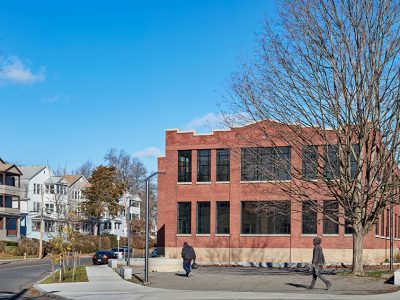People often misunderstand that communities in Built for Zero work exclusively on reducing and ending veteran or chronic homelessness. Every community in Built for Zero is serving all populations of people experiencing homelessness at any time.
For communities in Built for Zero, reaching functional zero for veteran or chronic homelessness are just steps toward ending homelessness for all. To date, 14 communities in Built for Zero have reached functional zero for these two populations. Many of these communities are making progress on other populations — like youth, families, and all single adults — as they sustain functional zero for their initial populations. The ultimate aim is to create systems that ensure homelessness is rare and brief for all populations.
As part of their Built for Zero efforts, communities get started by creating a shared aim around ending homelessness for particular populations. As found in an Urban Institute study, when communities focused their systems transformation work on a population, they were then able to then make more rapid progress on other populations.
Why do many communities start with veteran or chronic homelessness?
Chronic homelessness
Chronic homelessness refers to long-lasting or recurring homelessness that often impacts a community’s most vulnerable neighbors. It is defined by the federal government as impacting people who live with a documented disability and have experienced verifiable homelessness for at least a year — or repeatedly over three years.
Focusing on ending chronic homelessness is starting with the hardest part of the problem to solve, and the population that may need those solutions most urgently.
People experiencing chronic homelessness represent the individuals who face the highest barriers to housing. For many communities, focusing on ending chronic homelessness is their way of starting with the hardest part of the problem to solve, and the population that may need those solutions most urgently. On average, people who experience chronic homelessness have a life expectancy that is 17 years shorter than those who are housed.
Those experiencing chronic homelessness make up less than 20% of a community’s homeless population but use the majority of homeless services due to the compounding effects of long-term homelessness, disabilities, and deteriorating health.
We know that if a system is redesigned to work for those most failed by it, the system is likely to be improved for all. To date, five communities in Built for Zero have functionally ended chronic homelessness.
Veteran homelessness
Veteran homelessness presents a different but also urgent challenge. There is an abundance of opportunity to end veteran homelessness in any geography, thanks to political will, strong public support, and resources from federal agencies like the VA. These resources include rental housing subsidies and case management services. Veteran homelessness is a great example of a systems coordination problem, where a problem still persists despite the availability of ample resources.
By creating data-driven, coordinated systems that can promptly identify and connect veterans with the support they need, 12 communities in Built for Zero have functionally ended veteran homelessness. Ending veteran homelessness also means a community has mastered systems coordination and data improvement for a diverse group of people with veteran status: single adults, families, the elderly, and those with disabilities.
Driving toward a tipping point
Community Solutions is dedicated to making ending homelessness a norm, rather than an exception, helping communities prove that homelessness is solvable everywhere. As part of this work, we are grateful for the Built for Zero communities on the leading edge of this movement.
Together, they are generating the critical mass of proof, learning, and momentum that will bring this movement to a tipping point.




